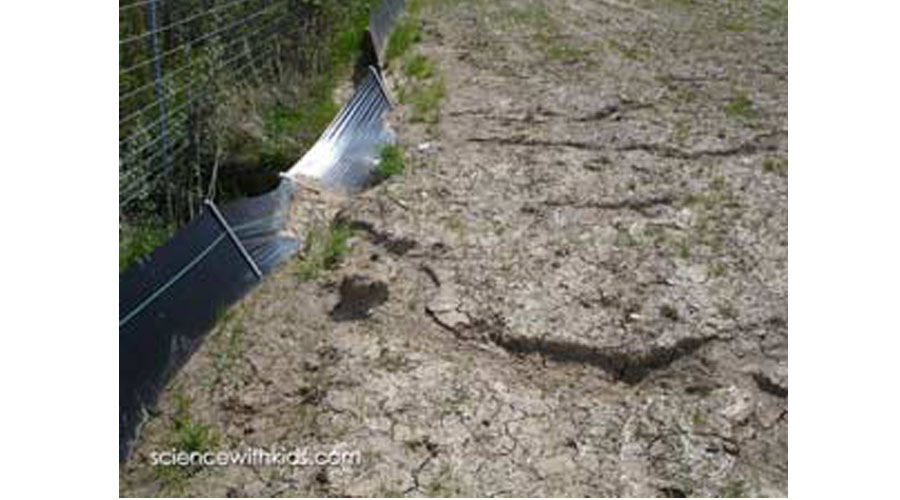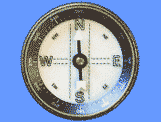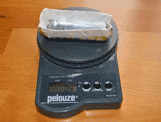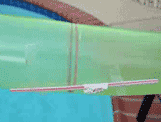
5
DifficultySoil Erosion Experiment - Teach Kids How Soil Erosion Occurs
Posted by Admin / in Physics Experiments
Erosion occurs when water washes away dirt, rock, or sand. Erosion happens everyday during man-made events, rainfall, and in the ocean. You have probably seen how people try to defend against erosion by placing large rocks near the edge of a river, lake, or the ocean to try to stop water from washing away the land. Erosion can also be a problem for farmers. When a farmer plows their field, there is almost no protection against erosion. Rainfall can easily wash away valuable topsoil which helps the farmer grow things. The soil that is washed away from the farmer's fields can also cause problems for others. The soil sediment can cause ditches, streams, and rivers to become filled. This can result in slower drainage and flooding people's land and buildings. So erosion can be a problem for us and for the fish and other creatures that live in the water, but let's see how it works.
Items Needed for Experiment
- Board
- Soil or sand
- Empty milk jug
- Scissors
- Water
- Small piece of clay
EXPERIMENT STEPS
Step 1: Place the board on the ground. This experiment is best performed outside because it will result in soil washing off the board.
Step 2: Place a thin layer of soil over the entire board. The soil should be about 1 inch deep for this experiment.
Step 3: Tilt up the board so it is not level. One end of the board should be 3 to 4 inches (75 to 100 mm) higher than the other end. Use some of the extra soil or some rocks under one end to prop it up.
Step 4: Cut a 1/2 inch (13 mm) diameter hole in the bottom of the milk jug using the scissors. The hole does not need to be perfectly round, but the size should be close to 1/2 inch (13 mm).
Step 5: Plug the hole in the milk jug using a small piece of clay so the jug holds water.
Step 6: Fill the milk jug with water.
Step 7: Place the milk jug filled with water on the high side of the board.
Step 8: Release the water by removing the piece of clay from the opening in the bottom of the jug.
Step 9: Observe what happens to the soil on the board.
SCIENCE LEARNED
Soil erosion has become a problem in most areas of the world where there is development. Soil washes into streams and rivers which then exits into lakes and oceans. Water quality is impacted by the amount of sediment washed into the water. Waterways with boat traffic also require dredging to remove the excess sediment in navigation channels in rivers and lakes to keep boats from hitting the bottom. Farm land is also impacted when valuable topsoil is lost to erosion.
There are many ways to slow down soil erosion including:
1. Using silt fences
2. Allowing trees and plants to grow also the side of rivers, streams, lakes, and seas
3. Control the path of water flow and slow down the velocity of the water by re-sloping the ground and ditches which allow runoff
4. Keeping plant growth on the ground also helps keep the soil in place because of the plant roots.
5. Where water travels too quickly, large stones are used to stop erosion.
-

5
DifficultyCompass Experiment
Learn how to build a simple wet compass and dry compass, then compare the two types.
-

8
DifficultyHow to Calculate Buoyancy Force
Experiment to determine the buoyancy forces acting on a floating and submerged object.
-

6
DifficultyHow to Make a Balloon Rocket
Use a balloon to propel a rocket across the sky. Teaches kids simple physics concepts.
-

5
DifficultyHow to Make a Paper Airplane Glider
Learn how to build a simple paper airplane glider.
